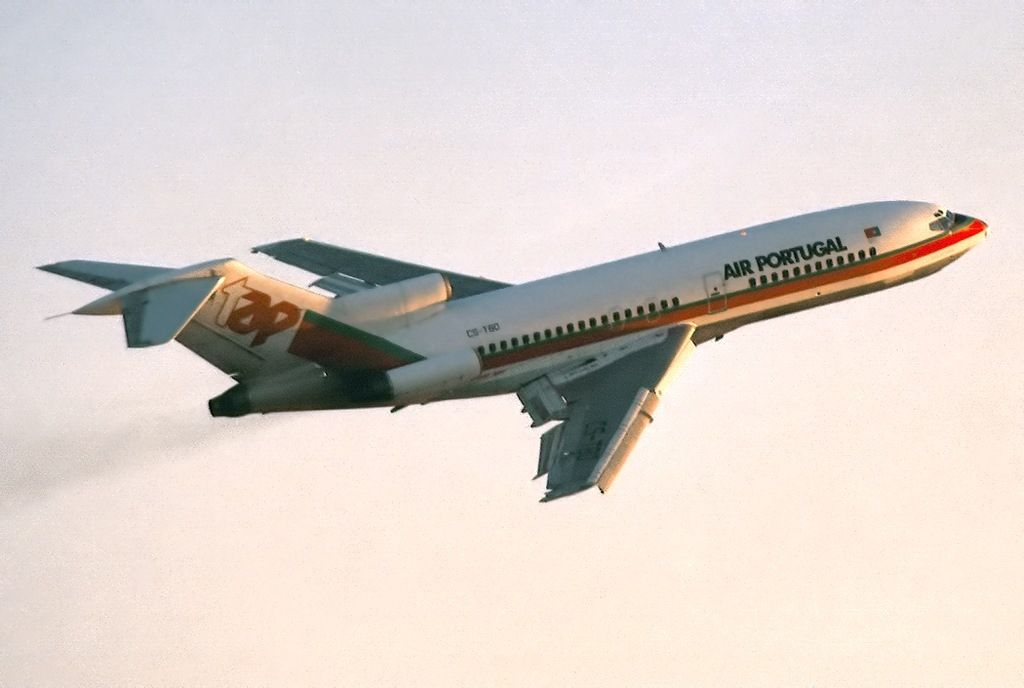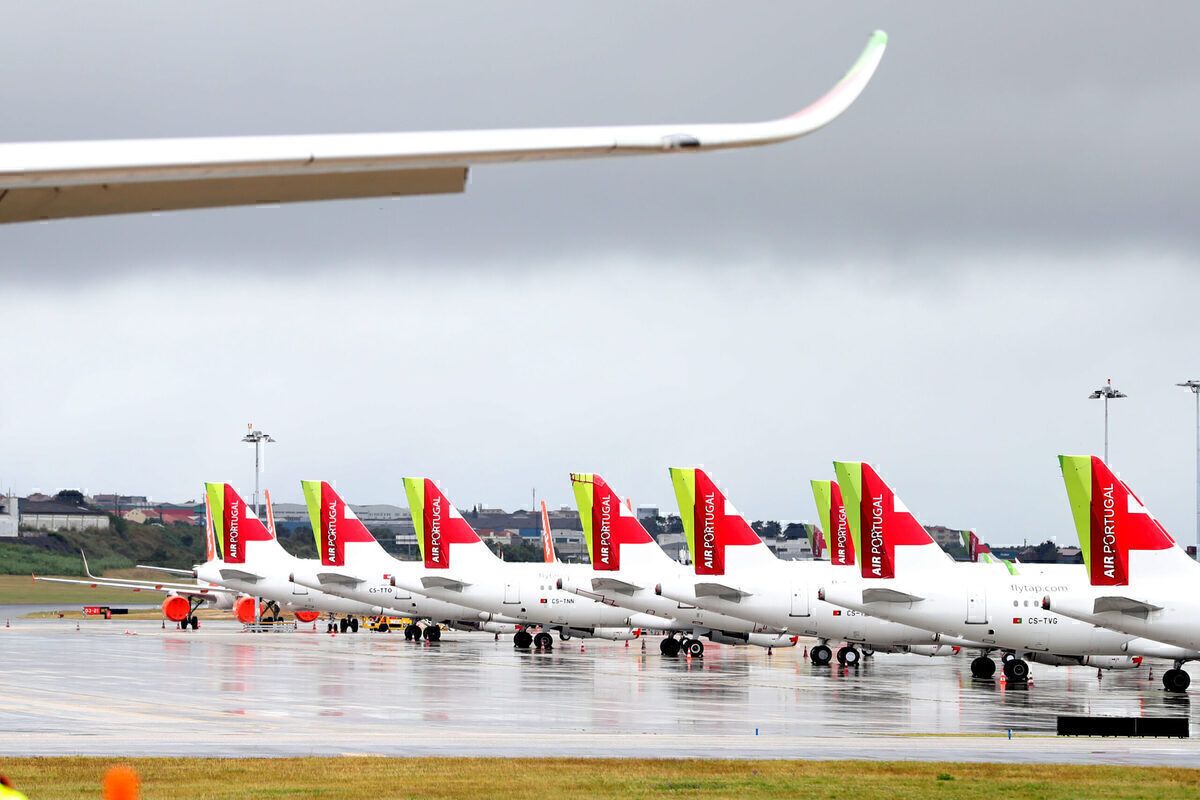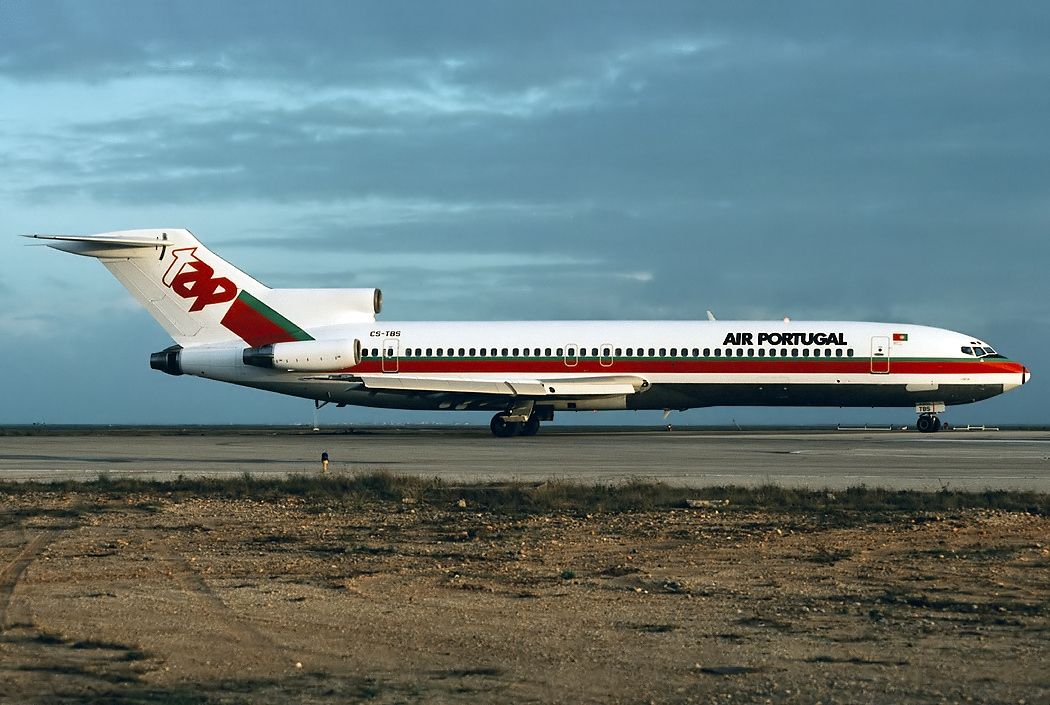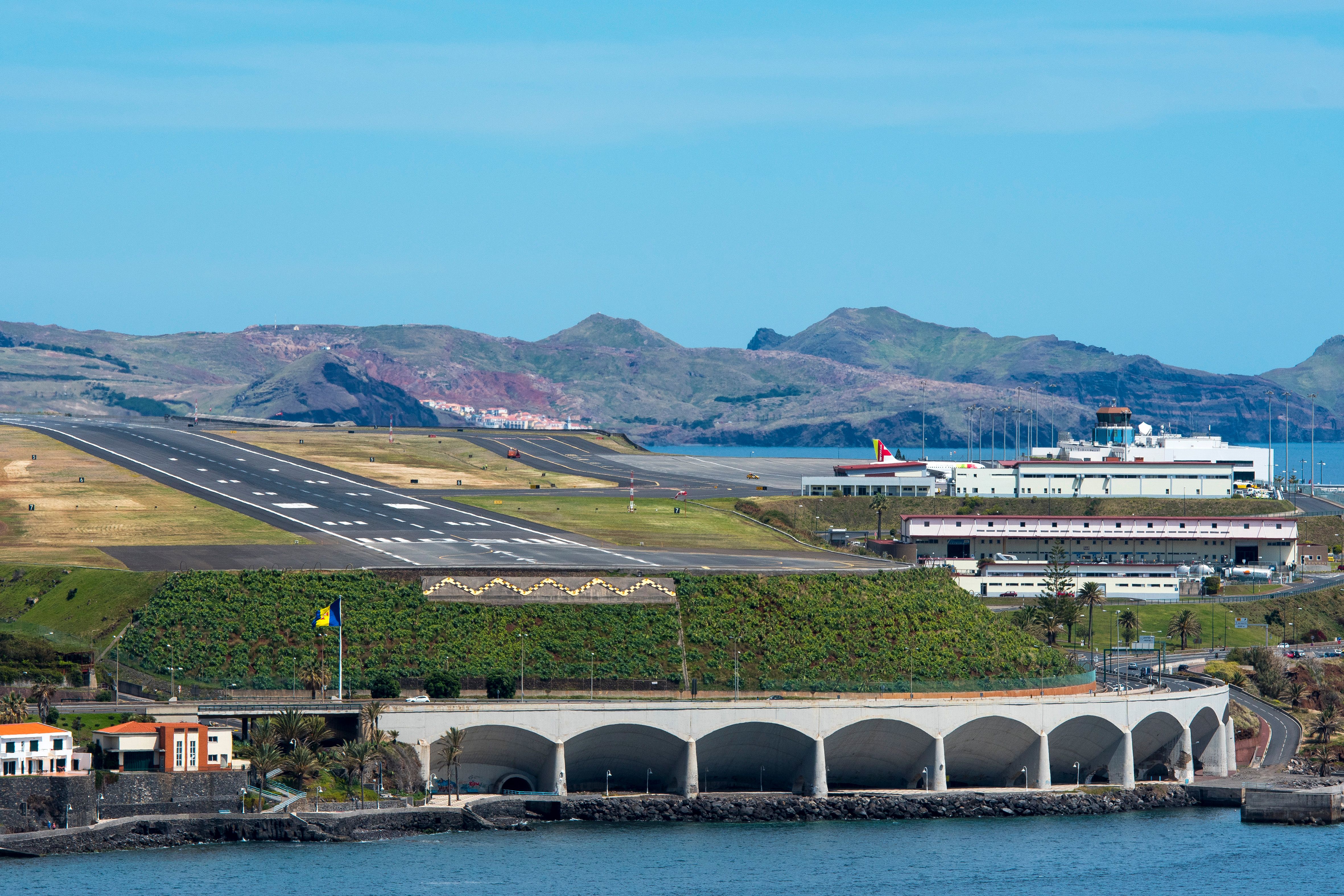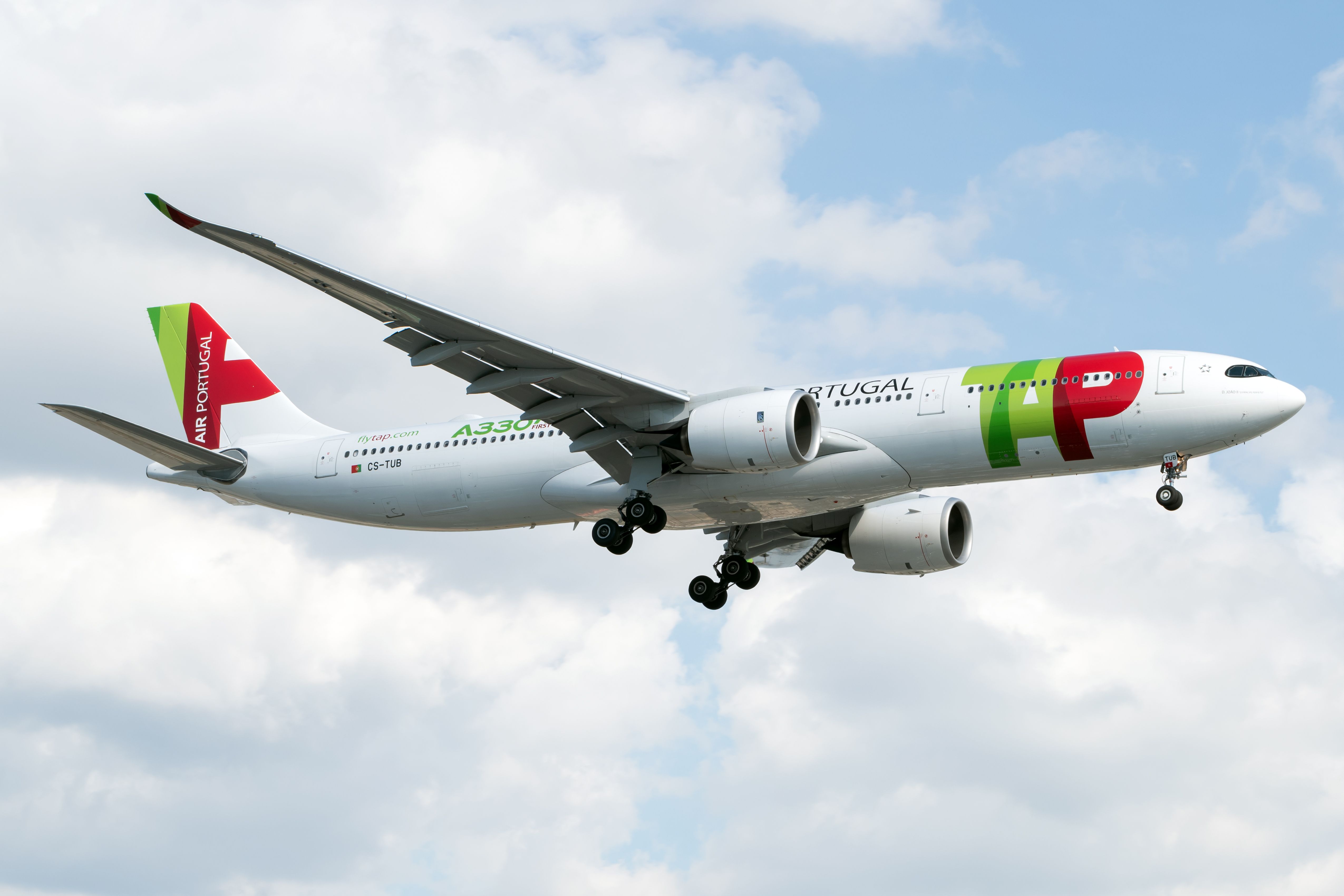It was dark and rainy on the night of November 19, 1977. Transportes Aéreos Portugueses, also known as TAP Air Portugal, was flying from Brussels, Belgium, to the island of Madeira, Portugal – there were 156 passengers and 8 crew members on board. Of these, only 33 would ever make it to see their destination.
Nothing amiss
TAP Flight 425 was a regular domestic scheduled flight from Lisbon Portela Airport to Madeira International Airport, Funchal, Portugal. The flight, operated on a Boeing 727-282, had originated in Brussels Airport, Belgium, with a planned stopover at Lisbon. The first leg of the flight was completed without any reported issues. At Lisbon, the crew received a report of poor weather forecasted en route to Madeira, but the torrential rain was not expected to affect the flight.
Third time unlucky
Upon approach, the crew were met with heavy cumulus cloud and low visibility, which proved to be a challenge. The first attempt to approach the runway had to be aborted because the crew was unable to establish visual contact with the runway.
A second attempt was made, but again, had to be discontinued due to the poor visibility. The pilots then made one final attempt to land and, this time, managed to touch down. Unfortunately, the aircraft was well beyond the threshold and had only 3,000 feet (914 m) of runway left.
Despite applying maximum braking power, the crew were unable to stop the aircraft in time. The Boeing 727 aquaplaned and overran the runway, plunging down a 92-foot (28-meter) embankment before smashing into a stone bridge. The fuselage shattered, scattering fiery debris across the beach below.
The cause
The Boeing 727 on which Flight 425 was operated was a fairly new aircraft. It took its first flight just slightly under three years before the crash and had logged a total of 6,154 airframe hours. Having found no apparent faults with the aircraft, the investigation turned to other probable causes.
Apart from the severe weather conditions at the time of landing, investigators looked at the crew’s approach procedure. The accident report concluded that the crew touched down 1,060 feet (320 m) farther down the runway than they were meant to, at a speed that was 19.2 knots greater than recommended. This, paired with conditions that led to aquaplaning, drove Flight 425 to its ultimate end.
The investigation also found that the Instrument Landing System (ILS) at Madeira Airport had insufficient lights, making it difficult to perform an ILS approach.
Changes and improvements
In the wake of the accident, TAP replaced its Boeing 727-200s with 727-100s on the route to Madeira. This variant – which was 20 feet (6.1 m) shorter and carried 60 fewer passengers – was more suitable for landing on the short runway.
The crash also spurred officials to look at extending the runway. Construction for a 660-foot (200-metre) extension began in 1983. Then, in 2000, another extension was added. Today, the runway stretches 9,124 feet (2,781 meters) and is capable of handling widebodies like the Airbus 340 and Boeing 747. The airport is now known as Cristiano Ronaldo International Airport.

